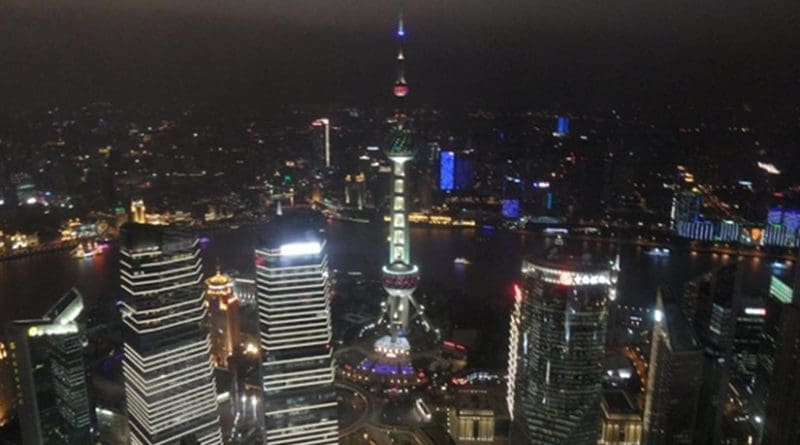Prospect For Asia 2016
With China taking over as chair of the G20 and Japan chair of the G7 much of the world’s attention will be focused on Asia in 2016. Politically there are likely to be few major changes apart from Taiwan. Leadership changes are not due in any of the EU’s Asian strategic partners – China, Japan, Korea and India.
On the economic front Europe can only dream of the projected growth rates for Asia in 2016. Yet these growth rates are the lowest in the past decade. Although there are slight differences in their projections, the IMF, ADB and OECD all expect Asia to grow at over 6% in 2016. Growth in China (6.5%) will continue to slow while growth in India (8.2%) will be one of the highest levels in the region. Growth in ASEAN is projected at 5.8% in 2016.
The region will have to cope with potential external and domestic risks to sustain its growth momentum. The slowdown in China’s economy will continue to affect the growth prospects of the rest of the region as export demand drops and investment flows decline, though countries vary in their level of exposure to these risks. Hong Kong and Taiwan with just over 2% growth are among the countries most seriously affected by the Chinese downturn.
The prospect of a minor increase in US interest rates is expected to have a relatively mild impact on the region.
ASEAN countries have declared an economic community but there remain many barriers to a true internal market (see EUAC policy brief on “The Establishment of the ASEAN Economic Community”). While the structural policy priorities for ASEAN members are highly diverse, many have set goals for improving inclusive and sustainable development, recognising the need for high-quality growth. Formulating new development strategies will require adopting a comprehensive package of reforms for SMEs, finance, infrastructure, labour market, environmental policy and in the agriculture, education, social security and tourism sectors. Much work remains to be done.
Thanks to low international food and fuel prices, inflation in Asia is likely to average just under 3% in 2016.
The EU will seek to benefit from these growth rates by accelerating its FTA talks with Japan and India as well as looking anew at a possible FTA with ASEAN. Meanwhile it will continue its bilateral approach building on trade agreements with Singapore and Vietnam to extend to other ASEAN members. The EU will also push for an ambitious investment agreement with China as a precursor to a possible FTA.

